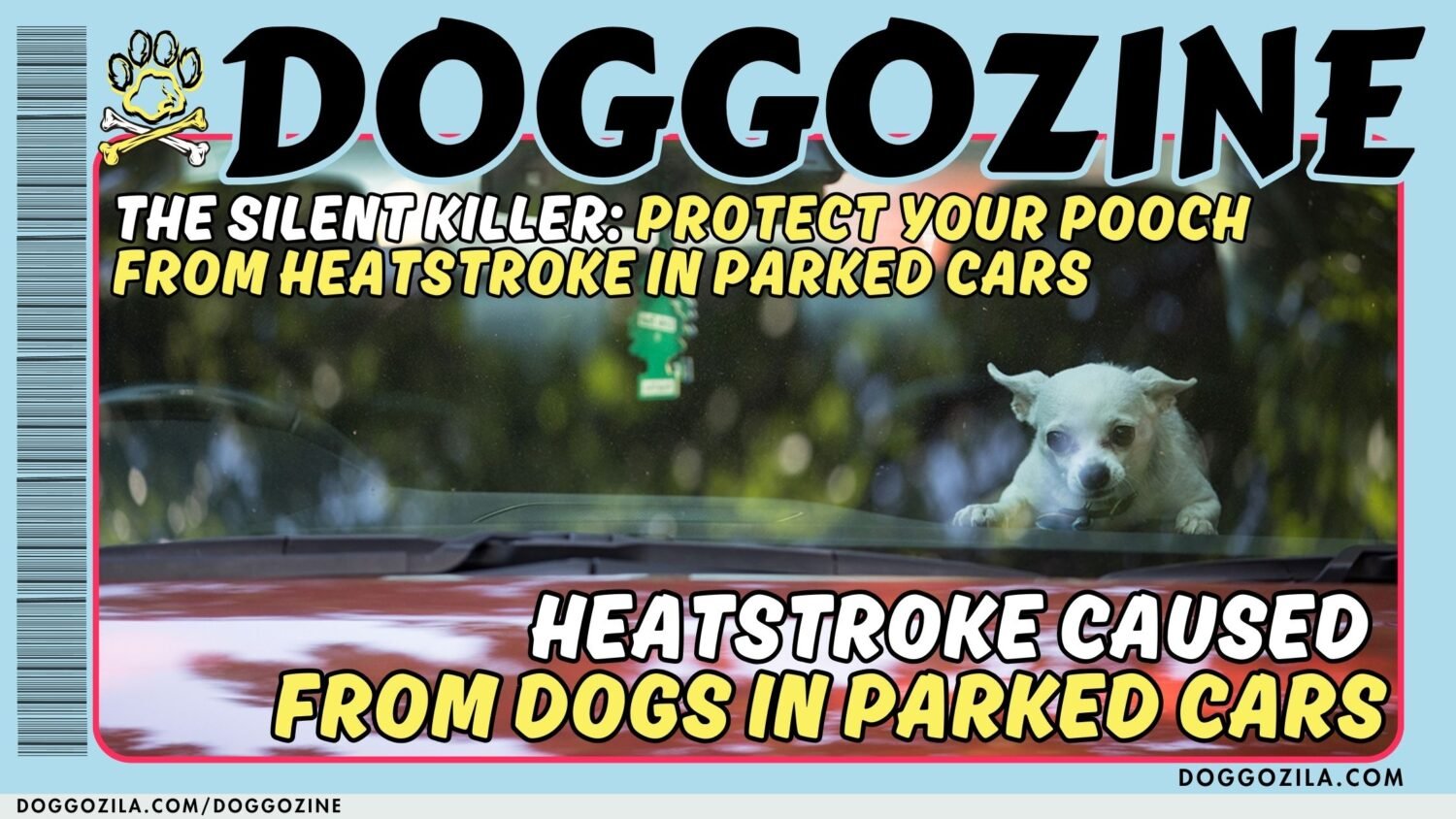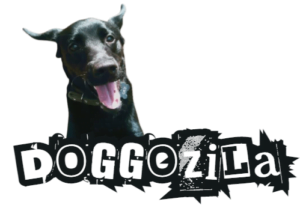The scorching summer months can pose severe risks to your furry friend’s delicate paw pads. Sizzling surfaces have the potential to inflict painful burns, while sharp objects may lead to cuts and injuries. Dive deeper into our comprehensive guide on “How to PROTECT YOUR DOG’S PAWS IN THE SUMMER!”
SAFEGUARDING YOUR DOG’S PAWS DURING THE SIZZLING SUMMER
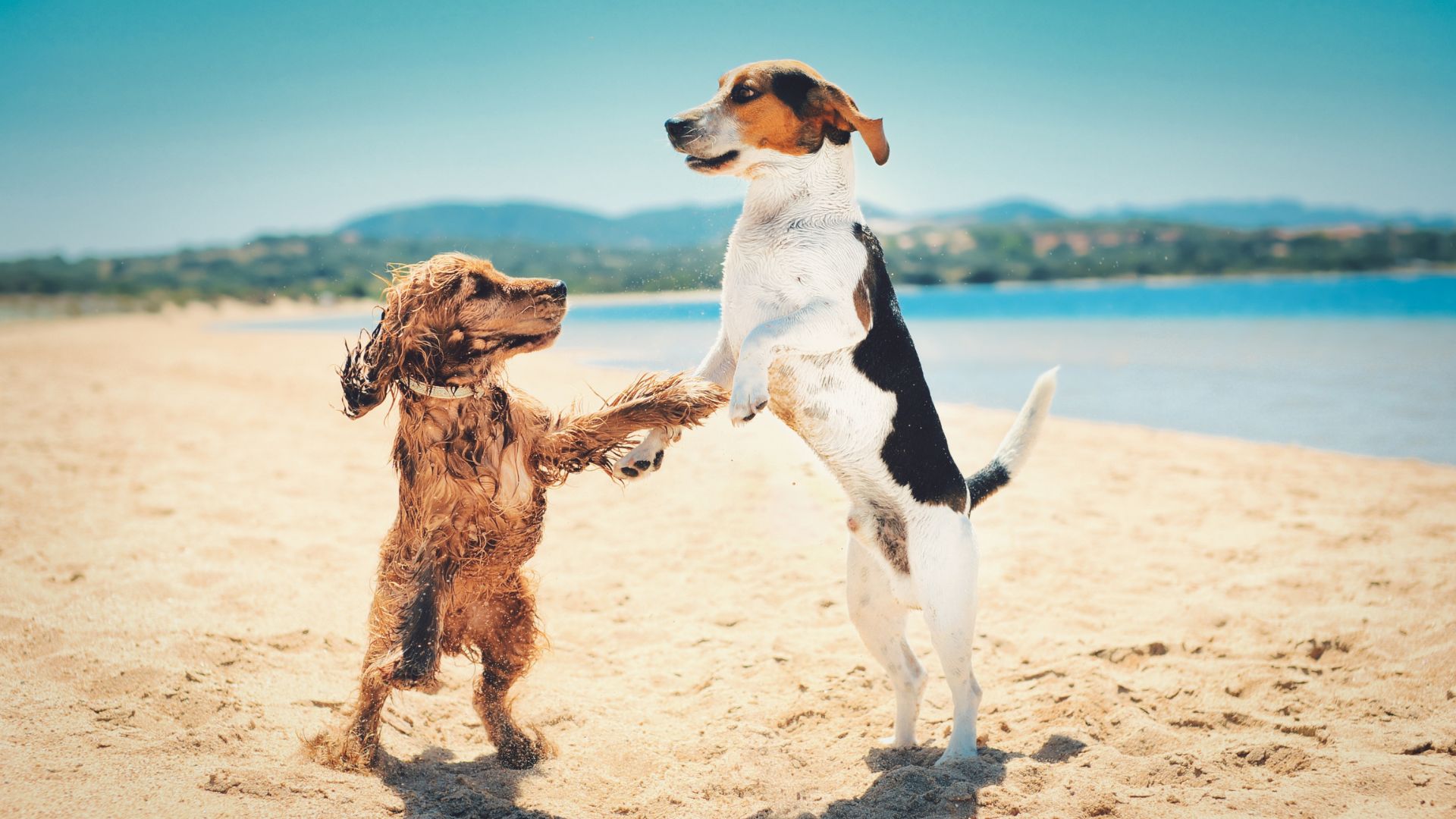
Essential tips to protect your dog’s paws in the summer
- Avoid walking your furry friend on hot pavement. The pavement can reach a staggering 150 degrees Fahrenheit (65.5°C), capable of burning your dog’s delicate paws within mere minutes. To gauge the surface temperature, place your bare foot on the pavement. If it’s too hot for you, it’s undoubtedly too hot for your pup.
- Choose to go for walks on grassy areas or shaded paths. These surfaces will provide a refreshing and cool reprieve for your dog’s paws. Additionally, grassy areas offer a softer and more comfortable terrain for their steps.
- Invest in dog booties for an extra layer of protection. Booties act as a barrier, shielding your dog’s paws from the scorching pavement. With a wide range of options available, you can find a comfortable and durable pair tailored to your dog’s activity levels.
- Apply paw wax to create a protective barrier. This specialized wax not only insulates your dog’s paws from hot surfaces but also helps prevent cuts and injuries. Regular application can ensure optimal paw protection throughout the summer.
- Regularly inspect your dog’s paws after walks. Look out for any signs of burns, cuts, or injuries. If you notice any issues, gently clean the affected area with mild soap and water, and apply a topical antibiotic ointment. However, if the injury appears severe, seek prompt veterinary advice.
During the sweltering summer months, taking proactive measures to safeguard your dog’s paws is crucial. By following these simple yet effective tips, you can ensure your furry companion’s comfort and well-being, allowing them to enjoy their outdoor adventures without the risk of paw-related injuries or discomfort.
Following these pointers allows you to maintain healthy, protected paws for your furry friends during summer’s warmth.
Additional Advice for Shielding Your Dog’s Paws in Summer
- Begin gradually: If introducing paw booties is fresh, let your pup wear them briefly first. This helps them adjust to the new sensation.
- Ensure proper fit: The booties must be snug yet allow free paw motion. Overly tight booties could restrict movement.
- Take rests: During extended walks, pause every 15-20 minutes. This cools paws from potential hot surfaces.
- Notice paw issues: Red, swollen or bleeding paws signal burns or cuts. Seek vet aid promptly if these occur.

PROTECT YOUR DOG’S PAWS: SUMMER WAYS TO KEEP THEM HEALTHY
A dog’s paws are their foundation for adventure and play. Yet, they face potential hazards. Here, we explore exhaustive methods to protect these vital paw pads. Your furry friend’s paws play a crucial role. They’re designed for resilience and mobility. However, they remain susceptible to injuries and discomfort. Thus, caring for paws is key.
Common Paw Dangers
- Extreme weather poses risks. Scorching pavement can burn paw pads in summer. Icy paths can freeze them in winter. Shielding paws from temperature extremes is vital.
- Rough terrain also endangers paws. Jagged rocks, sticks, and glass shards can puncture delicate paw pads. Inspecting walking areas helps avoid such perils.
- Chemicals like deicers, pesticides, and cleaners can irritate paws. Rinsing paws after outdoor ventures removes residues. Using pet-safe products minimizes chemical exposure.
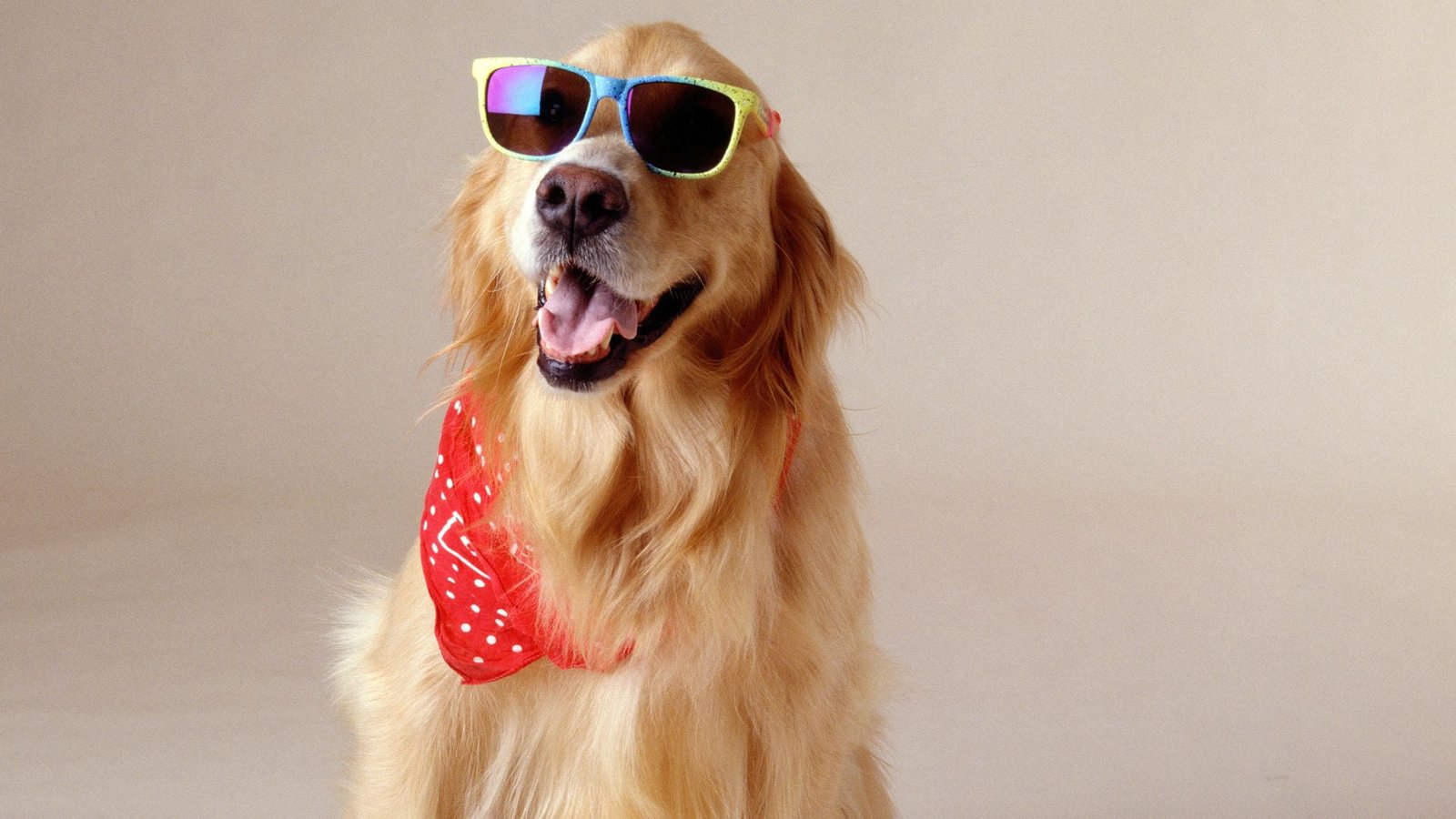
PAW PROTECTION STRATEGIES
- Paw wax creates a protective barrier against hot surfaces. It forms a breathable yet shielding layer.
- Paw balms soothe cracked, dry pads. With emollients, balms restore moisture and heal minor abrasions.
- Doggy booties safeguard against hot pavement, salt, and debris. Lightweight, breathable options allow paws to stay ventilated.
- Paw cleaners remove dirt, debris and de-icing salts after walks. Gentle, pet-safe formulas prevent drying.
Grooming Habits for Healthy Paws
- Regular nail trims prevent overgrowth issues. Long nails can cause paw pad discomfort and cracking.
- Hair trimming around paw pads reduces matting. Trapped debris can lead to irritation and infection.
- Massaging paw pads boosts blood circulation. This delivers nutrients for resilient, supple paw pads.
- Inspecting paws frequently allows early detection of issues. Checking after outdoor play prevents minor problems from worsening.
Proper paw hygiene is essential
Taking your furry pal on outdoor adventures can be a joy. However, it’s crucial to protect their paws from potential hazards. Rough terrains and sharp objects pose risks. Your dog’s paws may suffer cuts and abrasions. Chemicals like road salts and allergens can irritate their paws, causing discomfort and allergies.
To keep your pup’s paws safe and healthy, follow these tips. Regular paw inspections help detect issues early. Always check for foreign objects, cuts, or signs of irritation. Proper paw hygiene is essential. Clean your dog’s paws after walks using a damp cloth or paw wipes. This removes potential allergens and irritants.
Nurturing your dog’s paws ensures they can enjoy a lifetime of adventures, from playful walks in the park to hiking through rugged terrains. It’s a simple yet crucial part of responsible dog ownership that allows your furry companion to explore the world safely and with joy. If you follow these advice’s, you will protect your dog’s paws in the summer!
Ways to Protect Your Dog’s Paws
Dog boots provide excellent protection against extreme temperatures and sharp objects. They’re especially beneficial for dogs that frequent challenging terrains. Paw balms and moisturizers are designed to keep paw pads soft and moisturized. They create a protective barrier against harsh conditions.
Incorporate training into your routine to teach your dog to cooperate during paw inspections, boot usage, and balm application. Establishing good habits early makes paw care more manageable. Protecting your dog’s paws is essential for their well-being and comfort.
Training and Paw-Friendly Habits
Regular inspections, proper hygiene, and protective measures like dog boots and paw balms help safeguard their paws against hazards. Nurturing your dog’s paws ensures they can enjoy adventures, from playful walks in the park to hiking rugged terrains. It’s a simple yet crucial part of responsible dog ownership.
It allows your furry companion to explore the world safely and joyfully. If you follow these tips, you’ll protect your dog’s paws during summer travels. Their paws will stay healthy and comfortable, enabling them to enjoy every outdoor escapade to the fullest without any worries.
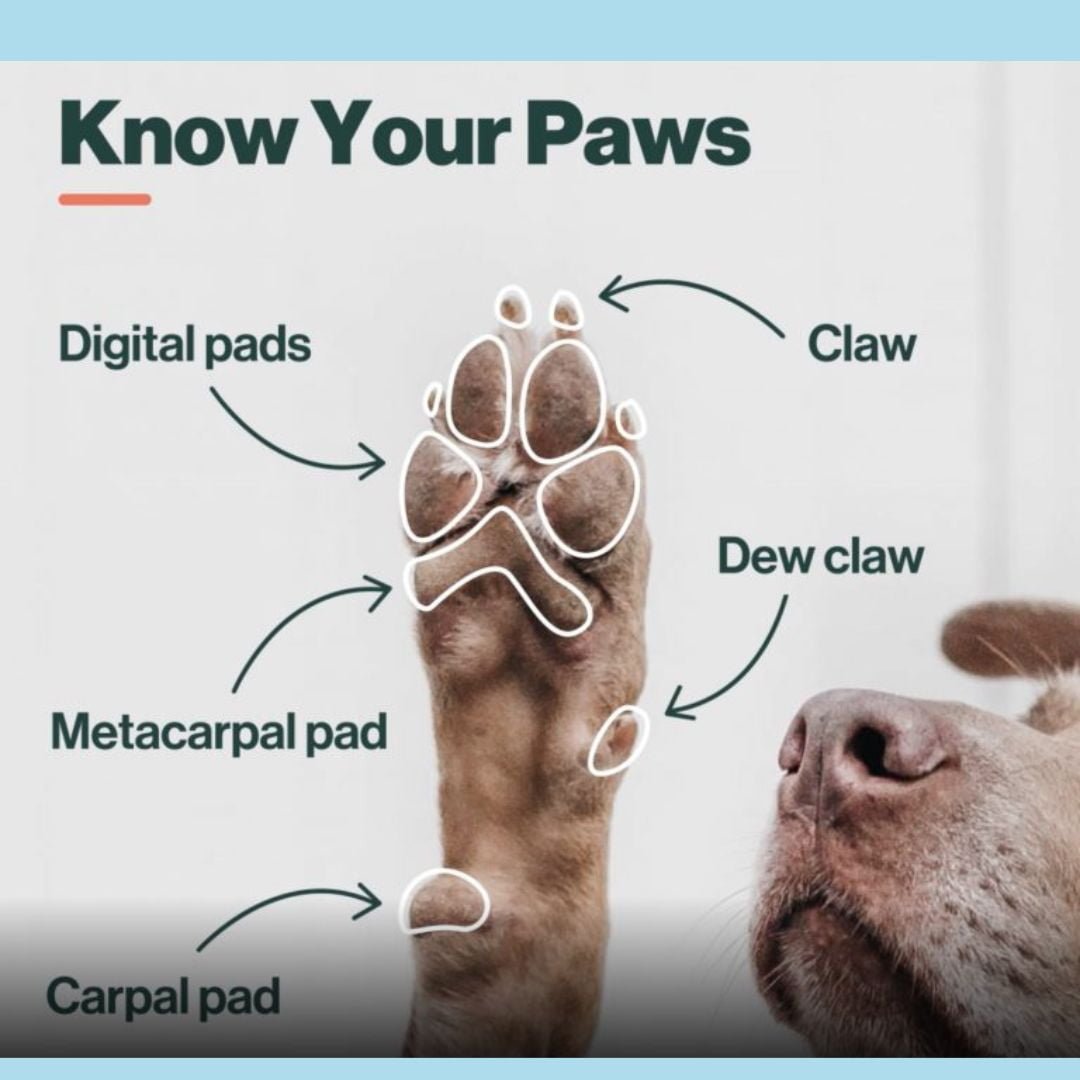
HOW OFTEN SHOULD I CHECK MY DOG’S PAWS?
A dog’s paws are incredibly important. They provide mobility, comfort, and overall well-being. As a pet owner, you may have many questions about paw care. Common paw issues and how to keep your furry friend’s paws healthy. Regularly inspect your dog’s paws. Look for cuts, abrasions, foreign objects, or signs of irritation. Daily checks during walks or after outdoor activities are best.
Are Cracked Paw Pads Normal and How to Protect Them in Winter?
Cracked paw pads can happen due to dryness, injury, or harsh surfaces. While it’s common, regular moisturizing and protection can help prevent and address cracks. Use dog-safe paw balms or booties to protect paws from cold surfaces, salt, and ice. Rinse and dry their paws after walks to remove any de-icing chemicals.
Why Does My Dog Lick Their Paws Excessively and Can I Trim the Paw Hair?
Excessive licking could mean allergies, injuries, or anxiety. If the licking doesn’t stop, a vet visit may be needed to find and address the cause. Trimming the hair around the paw pads can prevent matting, reduce dirt collection, and maintain paw hygiene. But use caution and proper tools. Excessive licking can lead to sores and infections, so addressing the underlying issue is crucial.
What Should I Do if My Dog Gets a Paw Injury?
Clean the wound with a mild antiseptic and bandage if necessary. Seek vet attention if the injury seems severe or doesn’t heal quickly. Caring for a dog’s paws is vital. Understanding common paw concerns can greatly benefit your dog’s health and comfort. By providing insights and solutions, pet owners can better comprehend and address their dog’s paw care needs. Ensuring their furry friends have healthy, happy paws is crucial.
Recognizing the importance of regular paw checks, addressing common issues, and seeking professional help when needed will aid pet owners. They can maintain their dog’s paws in optimal condition. Regular paw care and addressing concerns promptly can prevent more serious issues and ensure your dog’s overall well-being.
First thing you need to do, in order to protect your dog’s paws in the summer is to get proper dog gear,you can start by clicking on the banner below and browse through the protective dog gear!

Read more dog health articles!


